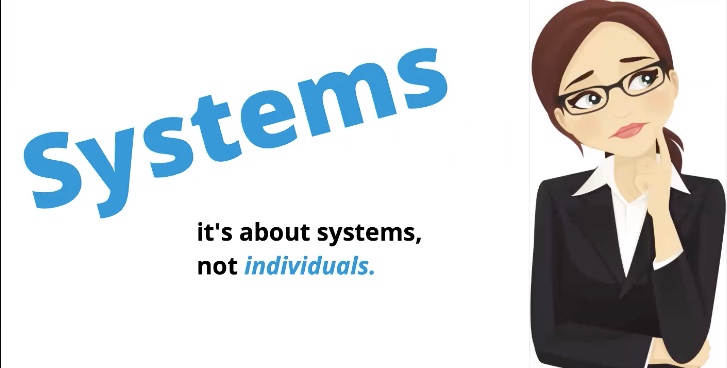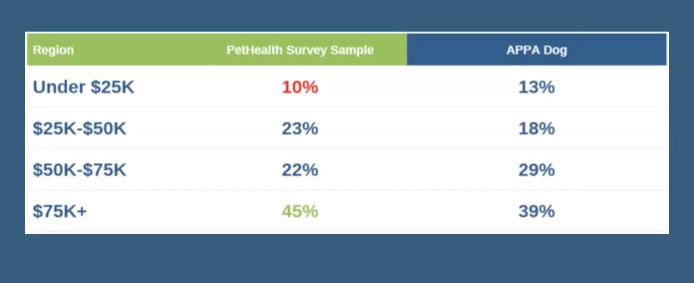News, ideas & inspiration from industry leaders

Conference Catch-Up: Are Good Intentions Contributing to Systemic Racism?
This past summer, The Association’s Katherine Shenar, Dallas Animal Services’ Ed Jamison, and Steve Zeidman of Pethealth, Inc, started an important conversation about systemic racism in animal care and control right here on this blog. “If Your Adoption Policies Put Up Barriers, You’re Part of the Problem” focused on biases against underserved and marginalized communities that had been baked into the industry’s culture.
The three leaders got together during the Fall Virtual Conference to continue the convo in real time; following are some key takeaways from their session, “Are Good Intentions Contributing to Systemic Racism?”
This Is Getting Uncomfortable—and That’s a Good Thing…
Shenar set the stage for the convo by acknowledging how awkward and uncomfortable it has been for Americans in general to talk about race—and explaining what systemic racism is. “Sometimes people feel defensive,” she says. “And they’ll say things like, ‘Well, I’m not racist.’ But systemic racism is not about you as a person. Systemic refers to something that has spread, something that’s affecting an entire group or an economy or a market. It’s the systems that have been put in place that are concerning us.”

What The Stats Say About Adopters
Check out the original blog for Zeidman’s breakdown of return rate over 10 years. You’ll see it has remained unchanged, despite the fact that so many shelters have moved to open adoptions and fee-waived promos, in efforts to save more animals and be more inclusive. He shared additional new data in the session, including a comparison of American Pet Products Association’s stats on age and income level of pet owners nationwide, versus data from a PetHealth survey on age and income level of folks who adopt from shelters.
“Our adopters are older than the general pet-owning population,” says Zeidman. “Why is it that people who own pets tend to be younger than the ones who are adopting? That’s something for us to think about. And why are our adopters of a higher income than the general pet-owning population? What is it about adoption that is lending itself to older and wealthier people? This is a really good takeaway for us to think about in terms of DEI. Is it because of our practices and policies?”

What Is Your Adoption Application Really Saying?
It may be a standard form you haven’t considered in a while—but now’s a great time to look at your adoption contract through a DEI lens. Are there questions that carry implicit bias, that discriminate against lower-income families? “How about ‘Do you own or rent your home?’” asks Jamison. “This one drives me nuts! Black and Latinx households are two times more likely to rent, so if you are starting with the implied assumption that renters can’t be good pet owners, the system already puts entire groups of people at a disadvantage.”
Consider These Next Steps
- Begin working with a qualified DEI consultant. “Somebody who can sit down with you and your team,” says Shenar, “and look at those processes and systems that have been in place for so many years, and really evaluate them, and ask if they perpetuate continued discrimination.”
- Survey your employees, volunteers, donors, and community members to get a sense of their point of view. “Oftentimes people don’t tell us what we need to hear,” says Shenar, “so you’re going to have to dig deeper.” Anonymous surveys may be a way in.
- Refrain from leaving DEI responsibilities to your friends and employees who are people of color. “Imagine the pressure that they must be under if you’re asking them to educate you about diversity and equity inclusion issues,” says Shenar. “Educate yourself and learn as much as you possibly can on your own.”
For more information
Diversity, Equity, and Inclusion Resources & Training Package


